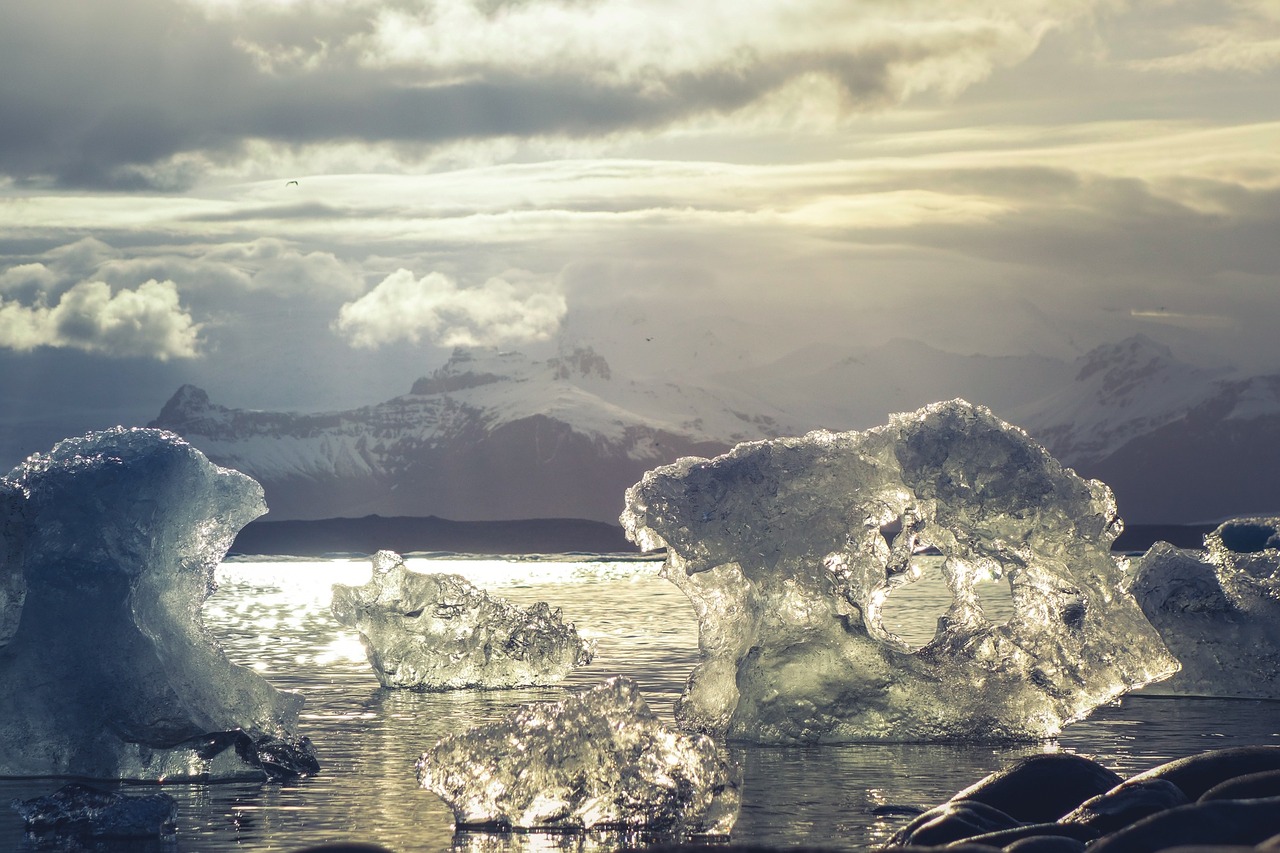Science & Tech
For the First Time in Recorded History, Heat Above the Arctic Circle Reaches 94.6 Degrees

(TMU) — This past summer, the Arctic saw an absolutely shocking rise in temperature that made the southern stretches of the Arctic Circle begin to resemble a tropical Summer paradise. And while the prospect of swimsuits and tiki cocktails in the Arctic may sound like an alluring vacation idea, the fast-heating conditions in the Arctic Circle are a grim sign of the unfolding climate catastrophe gripping the world.
On a global scale, July was the hottest month in all of recorded history, but frequent news of record-breaking heat has largely become the sort of background noise that people have blocked.
What should get our attention is the latest data from the National Oceanic and Atmospheric Administration’s (NOAA) Global Climate Report for July 2019, which revealed that a remote weather station in northern Sweden on the southern edge of the Arctic Circle hit a jaw-dropping 94.6 degrees Fahrenheit (or 34.8 degrees Celsius) last month.
The sizzling, steamy temperature was recorded on the afternoon of July 26 and marked one of the highest temperatures recorded within the normally frigid Arctic Circle. The data was also vetted and analyzed by the Swedish Meteorological and Hydrological Institute, and confirmed by NOAA climate researcher Deke Arndt as the “highest temperature north of the Arctic Circle” for the country.
The same report also highlights a temperature record of 96.1 degrees Fahrenheit (35.6°C) in the Norwegian town of Saltdal, the highest-ever temperature reached north of the Arctic Circle in Norway. Anchorage, Alaska also reached 90°F (32°C), ripping past the city’s previous record of 85°F (29.4°C).
https://twitter.com/NOAA/status/1162015927141093376
To put all of this into perspective, consider the fact that the hottest temperature reached last month in New York City was 95 degrees Fahrenheit (35 degrees Celsius).
The report explained:
“The most notable warm temperature departures from average were present across parts of the Northern Hemisphere, specifically Alaska, northwestern Canada, and central Russia, where temperature departures from average were +2.0°C (+3.6°F) or higher.”
The report also comes as vast stretches of the Arctic are literally smoldering in massive, unprecedented fires, blanketing the Earth’s northern latitudes in thick layers of smoke and making a grievous contribution to the already-unmanageable carbon emissions fueling runaway global heating.
It also comes as reports emerge of lightning flashes a mere 300 miles (483 km.) from the North Pole—a phenomenon that likewise defies precedent.
The sweltering conditions have also sent temperatures soaring across Europe this past summer, with extraordinary temperature readings arising from France to the Czech Republic and the Mediterranean.
Around 90 percent of the Greenland ice sheet underwent a severe melting period over the course of five days (July 30 – August 3), with approximately 55 billion tons lost, per data compiled by the National Snow & Ice Data Center (NSIDC). The melt area in July 2019 totaled 154,000 square miles. Total ice lost in Greenland over the summer has exceeded 250 billion tons.
https://twitter.com/ajplus/status/1156230026469236738
The ongoing heating has been propelled by the ocean’s loss of reflective sea ice, which forces the ocean’s darker water to absorb more solar heat. Marine ecosystems have been devastated by the ocean heat waves as coral reefs, seagrasses and kelp forests bear the brunt of warming conditions, depriving diverse ocean life of their source of sustenance and shelter.
In May, U.S. Secretary of State Mike Pompeo suggested that melting ice presents “new opportunities for trade“ as new naval passageways are opened.
Scientists have suggested that since the mid-20th century—when human impacts on the environment began to rapidly accelerate through nuclear weapons testing and global industry’s exploitation of fossil fuels—the earth entered a new epoch whereby human society, driven by the global economy, became the primary geological force whose actions determine the future of the entire Earth system.
Dubbed the Anthropocene—a combination of the Greek word anthropos (“human”) and kainos (“new”)—the modern epoch is the first truly man-made geological period in the Earth’s history. It has also entailed mass extinctions of plants and animals alike.
A small yet vocal minority of climate deniers and skeptics have been dismissive toward concerns about humankind’s contribution to global heating, suggesting that climate change has been a factor since the beginning of time. Climate deniers—many of whom reside in the U.S. and align with ideologies influenced by fossil fuel industry-paid propaganda—also claim that the burning of fossil fuels is somehow not making a huge impact on the heating climate or, incredulously, that a far hotter planet is somehow desirable despite the catastrophic impact it will have on human and animal habitats.
By Elias Marat | Creative Commons | TheMindUnleashed.com
Typos, corrections and/or news tips? Email us at Contact@TheMindUnleashed.com

